Fever is a sign that the body is trying to eliminate disease. It is best to work with a fever, not against it. Using fever suppressing drugs makes it harder for the body to fight illness and can prolong disease. It can also lead to febrile convulsions as the body has to push temperatures up higher, once the drugs wear off. This document compares current Fever practices against scientific evidence.
The best thing to do when your baby has a fever is to get into bed together and put him/her on your naked chest skin to skin. A mother is capable of regulating her baby’s core temperature by practicing kangaroo care. Put a light blanket over the two of you and get a good sweat out going. This is also the best way to monitor your baby. Do not allow your child to get cold or dehydrated.
Tuirebao Fever formula is wonderful for supporting the body during fevers as well as speeding up healing during tonsillitis, measles and mumps.
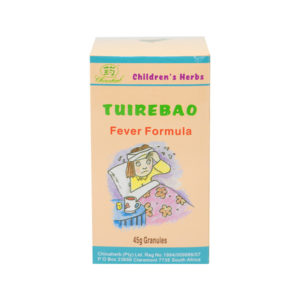
Verbascum is always good to keep on hand in case of ear infections.
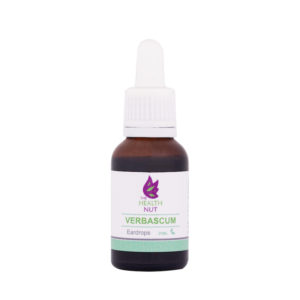
Liposomal Vit C is essential for boosting the immune system and powering up white blood cells.
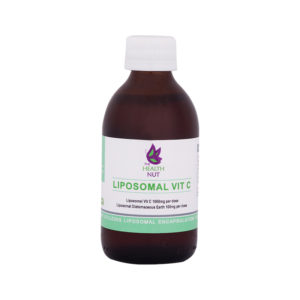
As is OrganIForce.
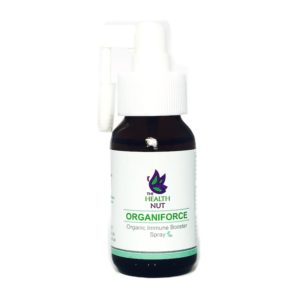
Spore Probiotic is a fantastic probiotic to balance gut flora and help to reduce unhealthy bacteria.
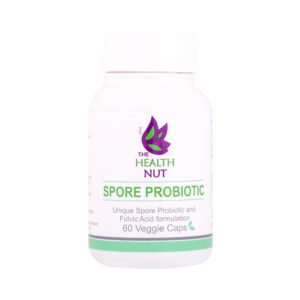
I also swear by Immu-Bomb which contains Liposomal vitamin C, Liposomal Sutherlandia (potent immune booster) and Liposomal Verbascum (natural cough expectorant when taken orally). This can be taken hourly when sick.
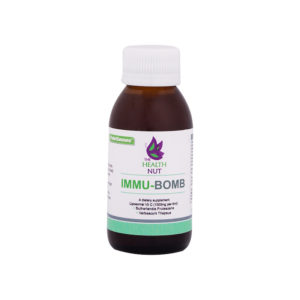
For effective pain management, Liposomal MSM is a much safer option than ibuprofen or paracetamol.
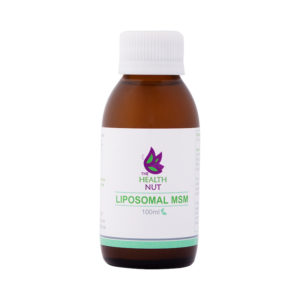
Wet sock treatment is used to stimulate the immune system and increase blood circulation. This treatment is an old, effective natural remedy and can be used as a replacement for fever reducing medications. It is best to use wet sock treatment on the first day of the illness and to do it for a few nights in a row for maximum effectiveness.
Supplies You Will Need:
- 1 pair of very thin cotton socks
- 1 pair of wool socks
- 1 bowl of ice water
- 1 warm bath or 1 bowl of very warm water (large enough to soak feet)
Directions:
- Soak the pair of thin socks in the bowl of ice water. When the socks are completely wet, remove them from the water and wring them out thoroughly.
- Take a warm bath for 5-10 minutes. Warming the feet first is very important for the effectiveness of the treatment. Wet sock treatment can be harmful if your feet are not warmed. Instead of a bath you may also soak your child’s feet in a bowl of very warm water (make the water temperature as warm as possible without burning your child of course). Once the feet have been warmed for 10 minutes do the next step.
- Dry off feet (and body if a bath was taken) with a dry towel.
- Place ice-cold wet socks on feet. Then cover the wet socks with the thick (dry) wool socks. Put on pajamas and go directly to bed. Make sure your child gets under the covers and avoids getting chilled.
- Wear the socks overnight. During the night, your child might wake up with wet pajamas from sweating. If so, have your child change into dry pajamas, but leave on the socks. You will find that the wet cotton socks will be dry in the morning.
A healthy fever will spike and then drop several times over the course of a few days. It is essential to keep your child at home, hydrated and warm during this time. Many parents make the mistake of sending their child back to school once the fever has dropped, only to be called back to fetch their child again because the fever has spiked again. Rather keep your little one at home for at least two days after the fever has broken to ensure that he/she has completely recovered.
It is very common to find your child breaking out in a rash at the end of the fever. This is typical to viral infections and is a good sign that the body has eliminated the pathogen. If a rash and fever occur at the same time though, it would be wise to seek medical attention as it is possible that the viral infection could be rubella (German Measles) or rubeola (Measles).


